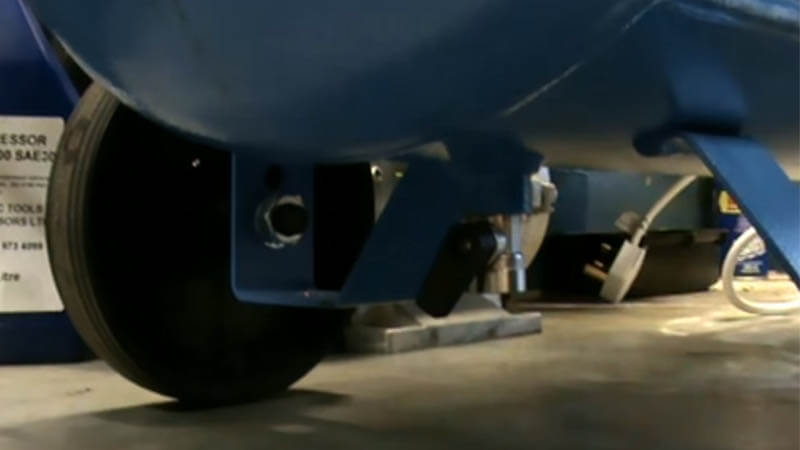Like any other machinery, air compressors also require proper maintenance. You can do many things to maintain it, but it is best to drain the moisture from the compressor tank regularly.
For this, you must drain excess water from your compressed air system to ensure its longevity and prevent moisture from entering it. And yes, you can easily do this manually or through an automatic drain valve.
However, when it comes to air compressors, you must be sure that whatever the size of the unit, you need to dehumidify it. Otherwise, it may interfere with the operation of your air compressor.
Following our instructions will make it easy for you to accomplish the task. So, let’s know about draining the air compressor in detail.
Why Do You Need to Drain Your Air Compressor
It is a small but essential task to drain the air compressor. Because if you take proper care of your air compressor, it will function more efficiently for a longer period. In the process of compressing air, moisture is inevitable.
Compressed air holds more moisture due to its reduced volume, which is heated. The water vapor in the compressed air is then condensed back into a liquid as the air cools. During the cooling process, more condensation occurs as warm air holds more water vapor than cold air.
Compressed air systems experience condensation buildup at various points throughout the system, including the compressor, the air receiver tank, the air dryer, the air receiver tank, and the piping because of this moisture.
Air compression can also lead to the accumulation of oil and particulate mettle. It may cause your air receiver to become weak because of this rust, which you must remove regularly.
Similarly, moisture accumulates in tanks, pipes, and compressors over time, causing corrosion. Corrosion reduces the life of tanks, pipes, and other metal components by weakening their structural integrity.
And your distribution system can clog because of contaminants entering the air supply. Because of this, draining the air compressor after every use is essential and, in most cases, obligatory. If not every day, drain it 2/3 times a month.
How To Drain an Air Compressor?
Following our discussion above, you may understand why you must drain your air compressor regularly. So, in this part, we will explain how to drain an air compressor. It is easy to drain an air compressor tank with the proper steps.
- The first thing you need to do is turn off the compressor. Place a pan underneath the compressor where the drain plug is located and then twist it.
- And then, to drain the air, hook up any air tool to the line and then pull the trigger till the tool no longer works. However, ensure the tank is depressurized to below 10 PSI before doing so.
- The water vapor condenses into a liquid and collects in the air receiver tank and air dryer. So, to drain this accumulated water, you must install a drain valve. And now, your task is to open this drain valve and let the moisture flow, which will take only a few seconds. If you want better drainage, tilt the tank back and forth a few times.
- As soon as the water discharge stops, close the valve immediately to prevent air loss. If you need to restart the compressor, you can do so now.
What is a Good Frequency for Draining?
It depends on how you are using the compressor. Your air-drying system and the humidity of the air inside the compressor also play an essential role in how often you drain the compressor. The best thing to do is to drain it after every use. If not, at least once a week.
Concluding Lines
Remember that refrigerated air dryers can drop to between 38 and 40°F, so a regular drain is required using an automatic drain. It’s not a difficult job, but it’s beneficial in prolonging the life of your air compressor.


